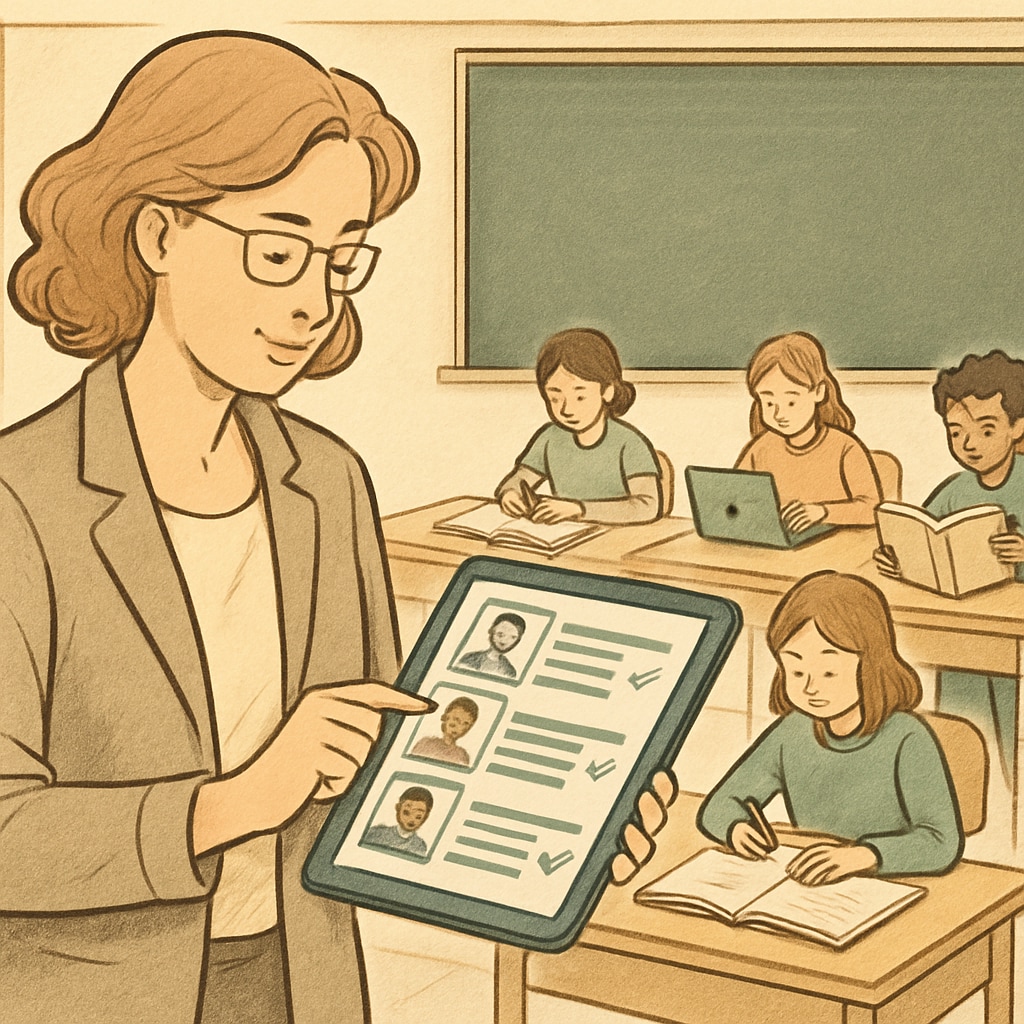In K12 education, grades are often viewed as the gold standard for evaluating student success. However, relying solely on grades for learning assessment, tracking progress, and measuring outcomes can limit the understanding of a student’s overall development. While grades provide a snapshot of academic performance, they fail to capture the full picture of a student’s learning journey, including skills like critical thinking, creativity, and emotional intelligence. This article explores the limitations of grade-based assessment and introduces alternative methods to redefine learning measurement in schools.
Why Grades Fall Short as a Learning Assessment Tool
Grades primarily focus on specific academic achievements, often tied to standardized tests and assignments. However, education is far more dynamic than what a percentage or letter grade can convey. Here are some critical reasons why grades are insufficient:
- Limited Scope: Grades measure performance in a narrow range of subjects, ignoring broader competencies such as teamwork, problem-solving, and emotional resilience.
- One-Dimensional Feedback: A single score doesn’t reflect how students learn or engage in the process.
- Pressure and Anxiety: Overemphasis on grades can lead to unhealthy competition, stress, and reduced intrinsic motivation to learn.
As a result, grades often fail to provide actionable insights into a student’s strengths, areas for improvement, and unique learning styles.

Innovative Alternatives to Grade-Based Assessment
To overcome the limitations of grade-based evaluations, educators are increasingly turning to multi-dimensional assessment methods. These approaches aim to provide a more comprehensive understanding of student progress and learning outcomes. Below are some examples:
- Portfolio-Based Assessment: Students compile work samples, projects, and reflections over time, demonstrating their growth, creativity, and mastery in various areas.
- Formative Assessments: Regular feedback during the learning process helps identify gaps and guide improvement rather than simply assigning a final score.
- Competency-Based Evaluation: Students are assessed based on their ability to master specific skills or concepts, rather than their performance relative to peers.
- Real-Time Tracking: Leveraging technology, educators can monitor student engagement and skill development continuously, providing timely interventions and support.
These approaches encourage students to focus on growth and mastery rather than chasing grades.

Real-Time Tracking: A Game-Changer in Learning Assessment
Among the innovative methods mentioned, real-time tracking stands out as a transformative approach. By using digital tools and platforms, educators can monitor student engagement, participation, and skill acquisition in real-time. For example:
- Adaptive Learning Platforms: Software that adjusts content delivery based on student performance ensures personalized learning experiences.
- Behavioral Analytics: Tools that track classroom participation, collaboration, and attendance provide insights beyond academic metrics.
- Interactive Dashboards: Educators can access visual representations of student progress to make informed instructional decisions.
Real-time tracking promotes transparency and allows educators, parents, and students to collaborate effectively on continuous improvement.
Moving Toward Holistic Education
Redefining learning assessment is not just about replacing grades but about creating systems that value diverse aspects of student development. Holistic education focuses on nurturing students intellectually, emotionally, socially, and physically. By incorporating multi-dimensional assessments, schools can align their practices with this broader mission. For example, fostering creativity, building interpersonal skills, and encouraging ethical reasoning can become as important as achieving high test scores.
Ultimately, the goal is to prepare students for life beyond the classroom—equipped with the skills, knowledge, and attitudes to thrive in an ever-changing world.
Conclusion: While grades will likely remain a part of educational assessments, their dominance can be balanced by integrating alternative methods that prioritize real-time tracking and holistic development. By embracing innovative approaches, K12 education can evolve to better meet the needs of students and society.
Readability guidance: Short paragraphs and lists summarize key points effectively, ensuring the article is easy to navigate. Overuse of passive voice and overly complex sentences is avoided. Transition words like “however,” “in addition,” and “for example” create natural flows between ideas.


